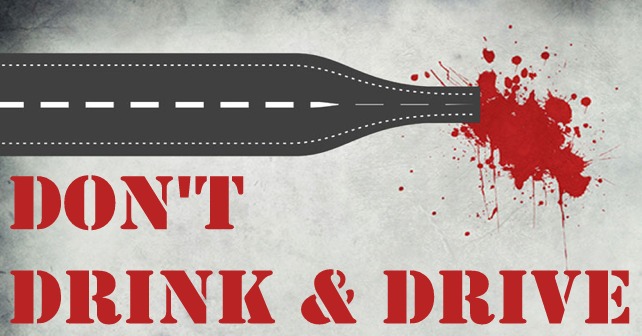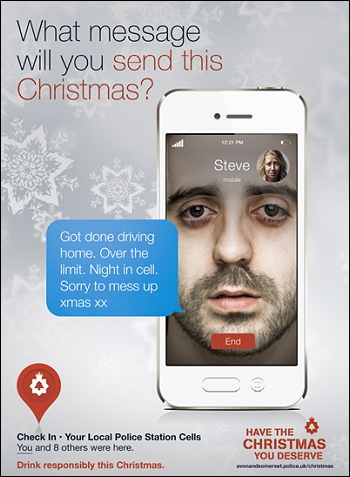Christmas Drink Driving
Our Christmas call to action. Evidence shows that Drink Drive Rehabilitation Courses (DDRC) have a positive impact on reoffending rates and are very well. WILTSHIRE Police has launched its Christmas drink/drug driving campaign today. It will run until early January. All Wiltshire Police officers and members of the Tri Force Roads Policing Unit will be conducting high profile roadside checks at all times of the day and night, to catch those who pose a.
The Live Hacking DVD is packed with tools and utilities for ethical hacking, penetration testing and countermeasure verification. The DVD includes hacking tools for DNS, reconnaissance, foot-printing (gathering information about computers on the network), password cracking, network sniffing, spoofing (or masquerading) and wireless networking utilities. Live cd hacker tools list.
There are many great things about the Christmas holidays. However, one of the downsides is the rising number of people who drink and drive on the UK’s roads. Statistics show there is always an increase in convictions at this time of the year, with some areas worse than others.

Now local police forces are using a to try and tackle the problem. PetrolPrices takes a look at the worst affected areas. The drink driving problem According to comparison site Money Supermarket, which assessed some seven million insurance quotes running through its system, some locations around the country have a with drink and drug driving convictions than others.
Currently sitting at the top of the list is Sunderland, in the Northeast. Almost three in every 1,000 drivers have a drink and/or drug driving conviction on their licence. Worryingly, that’s an increase of 1.3% compared to the previous 12 months. Second on the list is Truro in Cornwall, with 2.6 drivers per 1,000, then Coventry with 2.53 offenders per 1,000 drivers.
Crewe topped the charts last year, but has fallen to sixth place this year – despite the actual number of drink and drug driving convictions rising from 1.69 to 2.29 drivers per 1,000. At the other end of the scale is London. However, this is simply due to do with the high levels of public transport use rather than any kind of innovative drink driving solution. London just has more travel options than other cities, meaning that those who’ve had one too many can get home safely without getting behind the wheel. Demographic details Interestingly, the study also looked at demographic information such as age group and occupation.
It found the highest rate of convictions was within the 25-29 age group, followed by those in the 30-39 age group. The 25-29 age group saw a big jump in offenders over the course of the year, from 2.32 drivers per 1,000 in 2015-16, to 3.32 per 1,000 in 2016-17.
Both genders have seen an increase in the rate of convictions, although men are still more likely to be caught over the legal limit. Regarding occupation, mature students living at home were considerably more likely to be found drink driving than any other demographic, at a rate of 28.5 per 1,000. Mature students living away from home took second place, at 16.5 per 1,000, while in third place were the UK’s scaffolders, at a much lower rate of 4.5 per 1,000 drivers. Increasing the limit The current limit for drink driving was instituted 50 years ago under the Road Safety Act of 1967. Back then, the number of cars on the road was significantly lower, and the limit was set based on the resulting road conditions, along with a range of other factors. Many have called for a change to this in recent years, with saying a shift from 80mg per 100ml of blood is due.

Some even want a much stricter level of just 20mg per 100ml. Scotland has already changed its limit, with a new 50mg per 100ml restriction put in place in 2014. The Christmas factor Despite efforts to publicise the problem, there is still a rise in cases around the festive period, as more people take a chance after a night out. The Christmas/New Year Drink Drive Campaign started on 1 December will see the National Police Chiefs’ Council and the Traffic Information System Police (TISPOL) working together to try and combat the problem. Approaches include using intelligence-led tactics, as well as knowledge from local officers about hotspots to find people who are over the limit. There will also be sharing of social media campaigns by different police forces, the government and charities, to remind people of the dangers. Last year’s Christmas operation saw 103,085 drivers stopped, with nearly 5,700 tests administered that were either positive, failed or refused. Voleur de coeur ebook store.